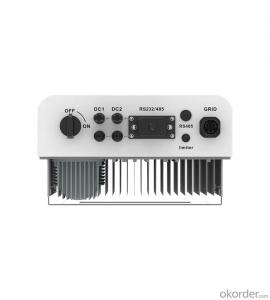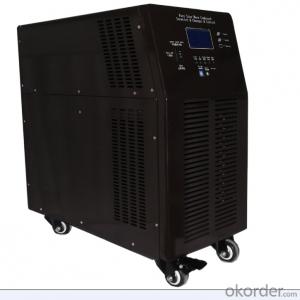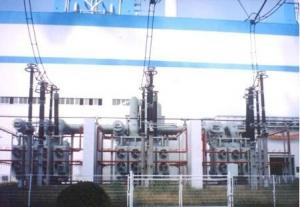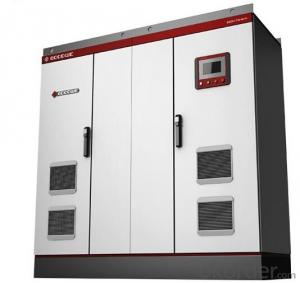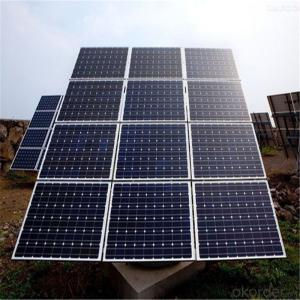2.5 Kva Mppt Solar Inverter
2.5 Kva Mppt Solar Inverter Related Searches
2.5 Kva Solar Inverter 2.5 Kw Solar Inverter 2.5 Mw Solar Inverter 2.5kw Solar Inverter Solar Inverter 2.5kw 2.5 Kva Solar Hybrid Inverter 5kva Mppt Solar Inverter 5kw Mppt Solar Inverter 2kva Mppt Solar Inverter 2kw Mppt Solar Inverter Mppt Solar Inverter 5kw 2500 Watt Solar Inverter Mppt Solar Inverter Mppt Solar Power Inverter 5.5 Kva Solar Inverter 25 Kva Solar Inverter Mppt Inverter Solar 25kw Inverter Solar 5.5 Kw Solar Inverter 25kw Solar Inverter 24v Mppt Solar Inverter 25 Kw Solar Inverter 3 Mppt Solar Inverter 3.5 Kva Solar Inverter 24 Volt Mppt Solar Inverter 5kva/48v Mppt Solar Inverter 3kva Mppt Solar Inverter 3.5 Kw Solar Inverter 5.2 Kw Solar Inverter 1kw Mppt Solar Inverter2.5 Kva Mppt Solar Inverter Supplier & Manufacturer from China
The 2.5 Kva Mppt Solar Inverter is a high-performance device designed to optimize the conversion of solar energy into usable electrical power. This advanced inverter utilizes Maximum Power Point Tracking (MPPT) technology, which ensures that the solar panels operate at their peak efficiency, thereby maximizing energy output. The inverter is equipped with a user-friendly interface and advanced features such as load management, remote monitoring, and protection against various electrical faults.The 2.5 Kva Mppt Solar Inverter is widely used in various applications, including residential, commercial, and off-grid solar power systems. It is particularly suitable for small to medium-sized installations where a reliable and efficient power supply is required. This inverter can be easily integrated into existing electrical systems, making it an ideal choice for both new installations and retrofit projects. Its compact design and lightweight construction also make it easy to install and transport, further enhancing its versatility.
Okorder.com is a leading wholesale supplier of the 2.5 Kva Mppt Solar Inverter, offering a vast inventory of this high-quality product. As a reputable online platform, Okorder.com is committed to providing customers with reliable and cost-effective solutions for their solar power needs. With a large selection of 2.5 Kva Mppt Solar Inverters in stock, customers can be assured of prompt delivery and excellent customer service. By partnering with Okorder.com, customers can benefit from competitive pricing and access to a wide range of solar power products, making it a one-stop solution for all their solar power requirements.
Hot Products



















